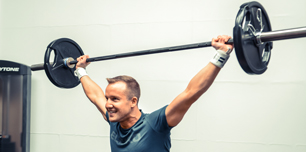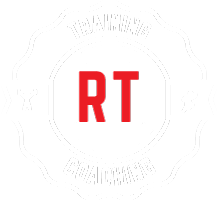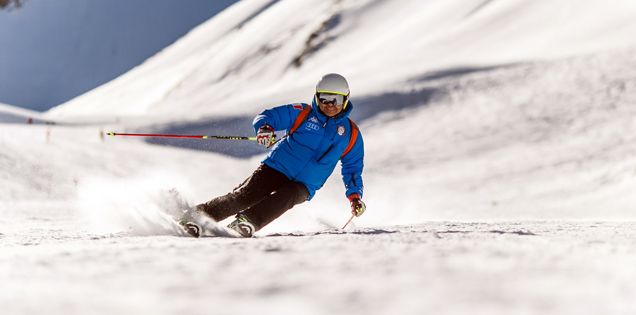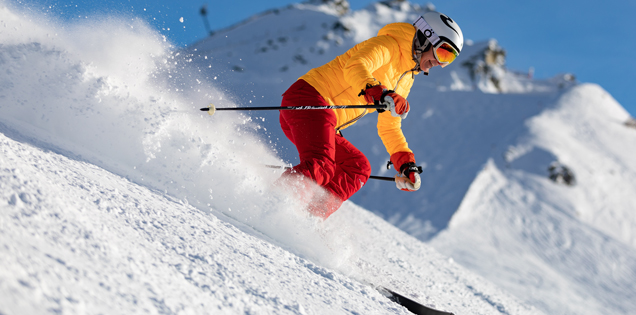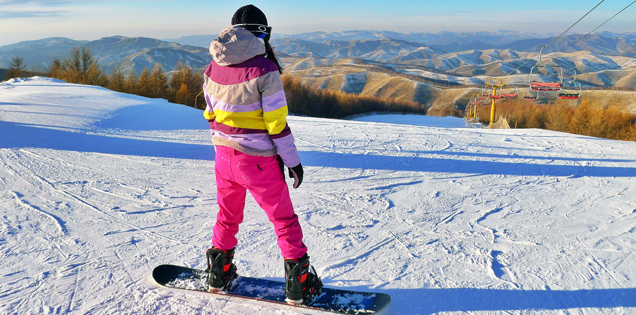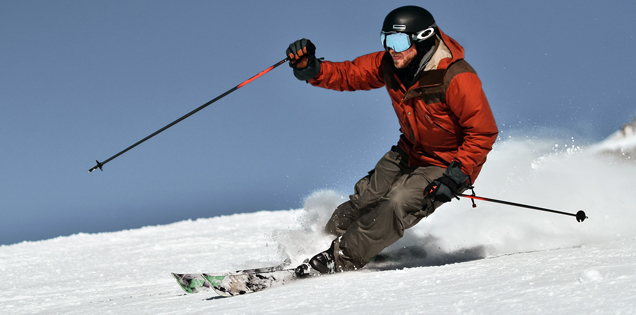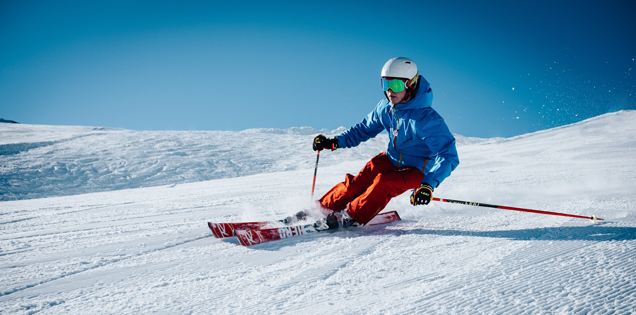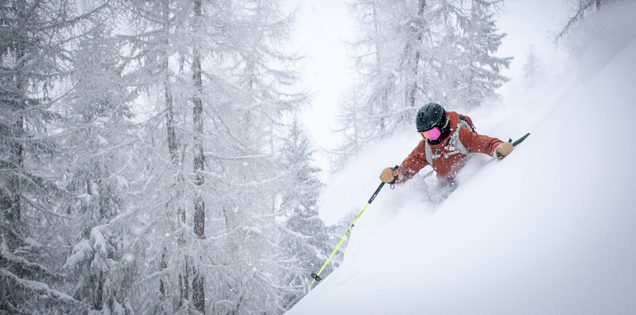Specific training sessions
Is your body used to sitting at your desk all day? The contrast with, say, an entire day of active skiing is then huge. A good preparation is not an unnecessary luxury, especially to reduce the risk of accidents.
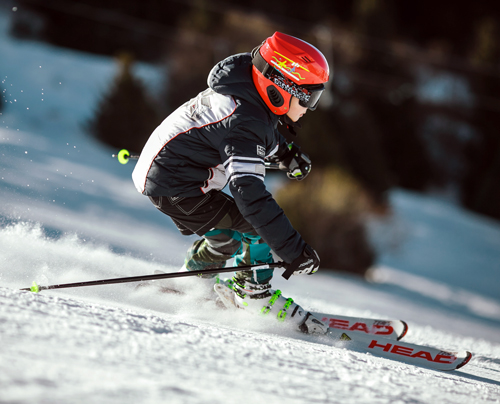
Pre-Ski Training
Once again heading to ski resort and you think of last year when your legs, back and even your upper arms hurt?While you're skiing, you're engaging muscles that you pretty much don't use during the rest of the year. That already starts with your ski boots changing your body position to one where the heels are higher than the toes.
The benefits of specific skiing or snowboarding exercises are clear: more endurance and strength in the major muscle groups such as your thighs and back which means your muscles don't tire out as quickly and you can stay on the ski slopes longer!
Another benefit, of course, is injury prevention. Stronger muscles also help you be less likely to get injured. Too often, injuries occur that perhaps could have been prevented if more attention had been paid to muscle strengthening.
.Questions? Please do not hesitate to contact us on 0499 28 83 26 or via Mail.
We are happy to answer your questions regarding Personal Training and Pre-Ski training.Golf Training
Did you know that strength training has an impact on your golf game?Our expertise is not on the golf course, but rather in the gym where we can guide golfers in improving their golf game.
Golfers such as Gary Player, Greg Norman, and Tiger Woods have made strength training respectable - and even essential - for maximizing performance in golf. One of the factors that has undeniably helped these players achieve their place in the world rankings is their dedication to completing physical preparation. Studies show that this works for amateur and recreational golfers as well.
The typical performance variables of the golf swing are club head speed, ball speed, carry (distance the ball travels through the air) and total distance. In fact, almost every longitudinal study on changes in golf performance after strength training has shown a positive result in at least one of the aforementioned variables.
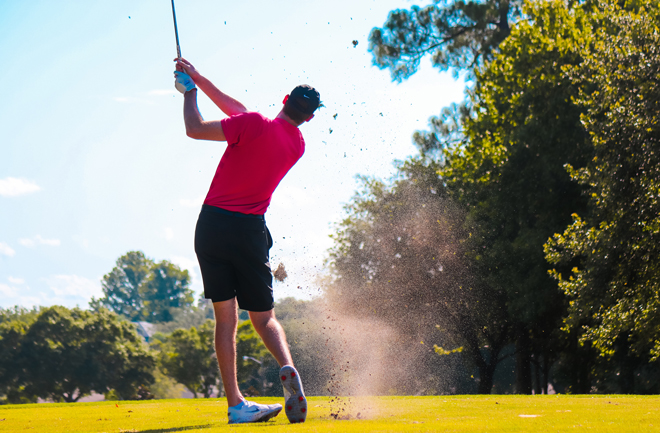
Golf has been described as one of the most complex, technically demanding and high precision sports in existence.[1] Professional golfers tend to have different physical characteristics than less skilled golfers[2] and factors such as age, gender and history of injuries also affect a golfer's performance both on physical tests and swing parameters[3][4]. Nevertheless, a combination of mobility, stability, strength and cardiovascular fitness is often recommended for optimal 'golf fitness'[5]
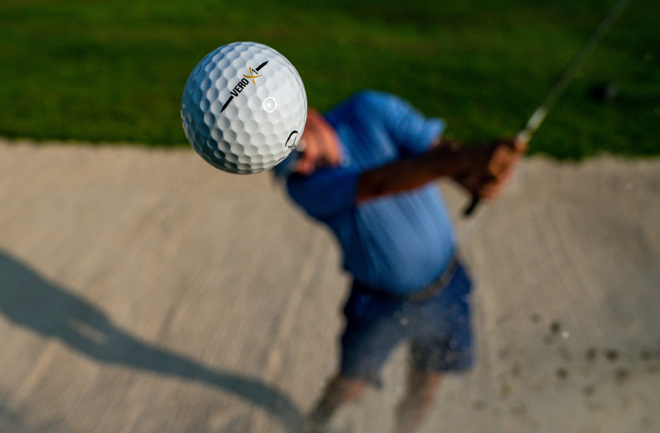
Kinematic studies have demonstrated the importance of sufficient flexibility, particularly in the trunk, hips and shoulders, to achieve the body positions necessary to optimize Club Head Velocity. EMG studies have attempted to identify the muscle groups important for golf performance, and several reviews have been published on this topic. The data collected show that the trunk extensors, hip extensors and abdominal muscles all play an important role in producing a powerful efficient golf swing. The efficient transfer of energy from the lower body to the muscle groups of the chest and arms and ultimately the hands and club (the "bottom-up phenomenon") is important in producing a high Club Head Velocity, but a number of kinetic variables measured during the swing are also highly individual.[6]
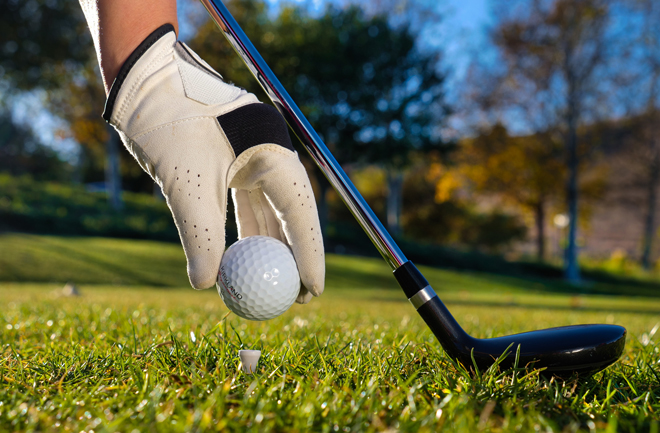
POSITIVE CORRELATIONS EXIST BETWEEN: 1) handicap and swing performance variables; 2) muscle strength and skill (handicap and/or golf score); and 3) driving distance, swing speed, ball speed and muscle strength. Leg-hip, trunk power and grip strength seem especially relevant for golf performance improvement.
Questions? Please do not hesitate to contact us on 0499 28 83 26 or via Mail.
We are happy to answer your questions regarding Personal Training and Strength Training for golfers.
Lecturer KULeuvenStrength Training - Practica

Eleiko CertifiedEleiko Strength Coach

Aalo CertifiedPersonal Trainer Docent
